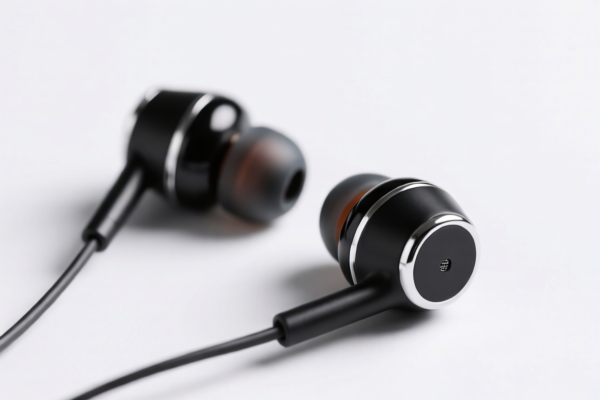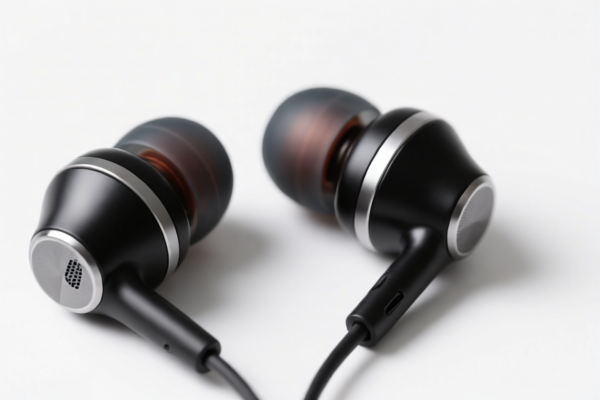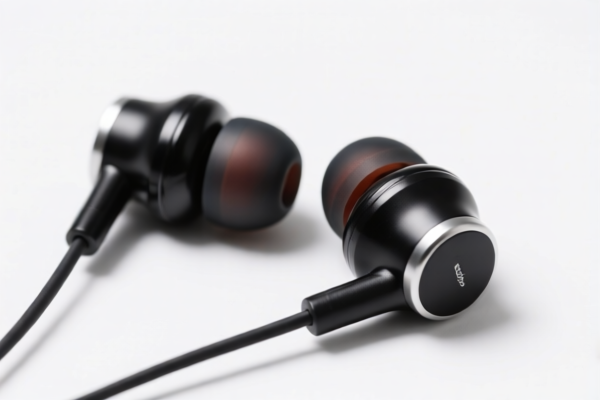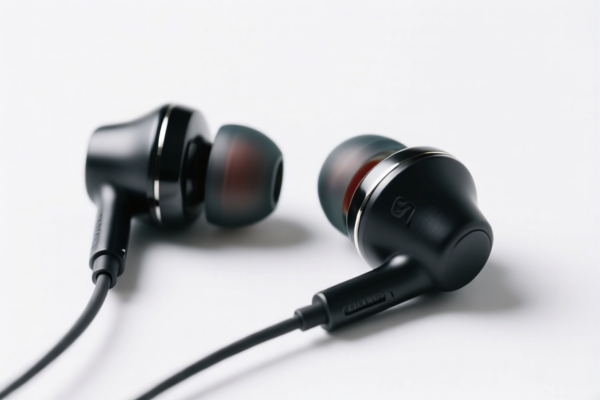| HS Code | Official Doc | Tariff Rate | Origin | Destination | Effective Date |
|---|---|---|---|---|---|
| 3926909989 | Doc | 42.8% | CN | US | 2025-05-12 |
| 3901909000 | Doc | 61.5% | CN | US | 2025-05-12 |
| 4016990500 | Doc | 40.9% | CN | US | 2025-05-12 |
| 7326903500 | Doc | 87.8% | CN | US | 2025-05-12 |




Okay, let's break down the HS codes and tax implications for your declared items – EARPHONE PROTECTIVE SHELLS – based on the provided data. I'll provide a structured analysis to help you understand the classification and potential costs.
Important Note: HS code classification is crucial. Incorrect classification can lead to delays, penalties, and unexpected costs. This analysis is based solely on the descriptions you've provided. A physical inspection by customs may result in a different classification.
1. HS Code: 3926.90.99.89 – Other articles of plastics and articles of other materials of headings 3901 to 3914: Other: Other Other
- 39: Plastics and articles thereof. This chapter covers a wide range of plastic products.
- 26: Other articles of plastics and articles of other materials. This narrows it down to plastic items not specifically covered elsewhere in Chapter 39.
- 90: Other. This indicates a more specific subcategory within "other" plastic articles.
- 99: Other. Further specifies the item.
-
89: Other. This is a very broad residual category.
What this likely means: This HS code suggests your earphone protective shells are made of plastic and don't fall into any of the more defined plastic product categories. It's a catch-all for miscellaneous plastic articles.
Tax Implications: * Basic Duty: 5.3% * Additional Duty: 7.5% * Post-April 2, 2025: Additional Duty increases to 30% * Total Tax: 42.8%
Recommendation: Please confirm the exact plastic material used in the shells (e.g., Polypropylene, Polyethylene, PVC). The specific plastic type could potentially shift the classification.
2. HS Code: 3901.90.90.00 – Polymers of ethylene, in primary forms: Other: Other: Other
- 39: Plastics and articles thereof.
- 01: Polymers of ethylene. This refers to the raw plastic material itself (like polyethylene pellets or granules).
- 90: Other. This indicates a more specific subcategory within ethylene polymers.
- 90: Other. Further specifies the item.
-
00: Other. This is a very broad residual category.
What this likely means: This HS code suggests you are importing the raw polyethylene material used to make the earphone protective shells. It's not the finished product.
Tax Implications: * Basic Duty: 6.5% * Additional Duty: 25.0% * Post-April 2, 2025: Additional Duty increases to 30% * Total Tax: 61.5%
Recommendation: Double-check if you are importing the raw material or the finished shells. This HS code is for the plastic resin, not the molded product.
3. HS Code: 4016.99.05.00 – Other articles of vulcanized rubber other than hard rubber: Other: Household articles not elsewhere specified or included
- 40: Rubber and articles thereof.
- 16: Other articles of vulcanized rubber.
- 99: Other.
-
05: Household articles not elsewhere specified or included.
What this likely means: This code suggests the shells are made of rubber (vulcanized rubber, specifically) and are classified as household items.
Tax Implications: * Basic Duty: 3.4% * Additional Duty: 7.5% * Post-April 2, 2025: Additional Duty increases to 30% * Total Tax: 40.9%
Recommendation: Confirm the material is indeed vulcanized rubber. If it's a synthetic rubber or a plastic, this code is incorrect.
4. HS Code: 7326.90.35.00 – Other articles of iron or steel: Other: Other: Containers of a kind normally carried on the person, in the pocket or in the handbag
- 73: Iron or steel articles.
- 26: Other articles of iron or steel.
- 90: Other.
-
35: Containers of a kind normally carried on the person, in the pocket or in the handbag.
What this likely means: This code suggests the shells are made of iron or steel and are designed to be carried as personal containers (like a case).
Tax Implications: * Basic Duty: 7.8% * Additional Duty: 25.0% * Post-April 2, 2025: Additional Duty increases to 30% (and 25% for steel/aluminum products) * Total Tax: 87.8%
Recommendation: This code seems unlikely for earphone protective shells unless they have a significant metal component. Confirm the material composition. If it's primarily plastic or rubber, this code is incorrect.
Important Reminders & Next Steps:
- Material is Key: The exact material composition of your earphone protective shells is the most important factor in determining the correct HS code.
- Detailed Description: Provide a very detailed description of the shells to your customs broker or importer. Include the material, dimensions, weight, and intended use.
- Consider Samples: If there's any doubt, provide a sample of the shells to your customs broker for a professional determination.
- April 2, 2025: Be aware of the upcoming changes to additional duties.
- Certifications: Depending on the material and intended use, you may need specific certifications (e.g., RoHS, REACH).
Disclaimer: I am an AI assistant and cannot provide definitive HS code classifications. This information is for general guidance only. You should always consult with a qualified customs broker or import specialist for accurate classification and compliance advice.
Customer Reviews
I found the information about the 87.8% tariff on the 7326.90.35.00 code super useful. It helped me avoid a costly mistake with my product material.
It's good that they listed all the HS codes, but I was confused about the difference between 3901.90.90.00 and 3926.90.99.89. More clarity on material types would help.
The detailed breakdown of each HS code was great, especially the 3926.90.99.89 classification. I now know why the tariff is so high for plastic earphone cases.
This site gave me the exact HS code for my earphone protective shells and even explained the 42.8% tariff rate. Very helpful for my export plans.